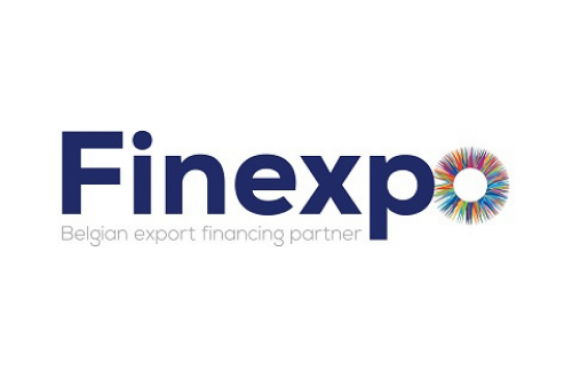-
Last updated on
As mentioned previously, Finexpo studies the dossiers submitted by companies and/or banks seeking public aid for export credit.
Why the State’s involvement?
The State's involvement allows
- Belgian companies which are negotiating a contract and competing with companies from other countries, to offer appealing and competitive financing;
- Belgian companies to conduct projects in developing countries, and thereby contributing to their development.
There are two types of State involvement. One enabling financing to be offered at competitive market conditions, and the other making it possible to grant public aid for projects carried out in developing countries.
What instruments are used to meet these objectives?
On the one hand, there are concessionary instruments such as
- a grant
- an interest rate bonification with or without additional grant
- a State to State Loan (SSL) combined with a commercial credit
- technical assistance
- a untied State to State loan
- an SME instrument
- support for renewable energy projects by Belgian SMEs
On the other hand, there are commercial instruments such as
- an interest rate stabilisation.
What are the rules governing Finexpo assistance?
Finexpo was set up by the Royal Decree enhancing the effectiveness of instruments for financial assistance for exports and the Royal Decree of 15 July 1997 laying down the composition and the terms of reference of the Finexpo Committee. The text of these decrees is included in the Finexpo documentation and can be found on the Finexpo website. The decrees determine which ministries are competent to grant public support and assistance and also lay down the methods of State involvement.
In addition to this national legislation, there is an international agreement concluded within the Organisation for Economic Cooperation and Development (OECD): the Arrangement on Officially Supported Export Credits.
The member states of the OECD are bound by the provisions of the Arrangement, which aim to prevent countries that compete with one another from procuring more favourable conditions to obtain a contract. These rules are needed because they ensure that the member states’ actions remain fair and verifiable.
The Arrangement applies to medium- and long-term credit, i.e. credit with a repayment period of two years or more.
The Arrangement contains provisions on down payments, maximum terms of credit, local expenditure, classification of political risks, etc. The objective it pursues is to harmonise the practices of each member state and limit and control public aid granted for export credit.
Moreover, the Arrangement includes rules that apply to aid credit and limit its scope.
The first important rule is that tied and untied aid credit can only be granted to developing countries. The public aid granted must represent 35% or 50% of the total amount of the planned credit. The percentage applied varies according to the GNP per capita. Each year, the OECD compiles a list that includes the World Bank’s classification of countries by GNP per capita. The list makes it possible to see whether and under what conditions the State can grant aid for a project in a given country.
Another very important, binding rule states that projects must be non viable commercially to qualify for public aid.
Finally, the least developed countries (LDCs) and soon heavily indeed poor countries (HIPCs) will only be eligible for tied aid.
In parallel with the Arrangement, the member states have undertaken to comply with the recommendations on the environment, corruption and responsible lending.
Finexpo examines the dossiers submitted to it and verifies whether all the applicable rules have been complied with. It undertakes a separate examination of each dossier on a case-by-case basis in light of involvement criteria and within the constraints of the allocated budgets.
